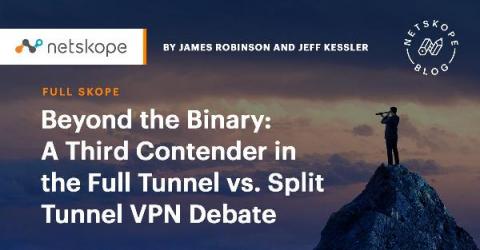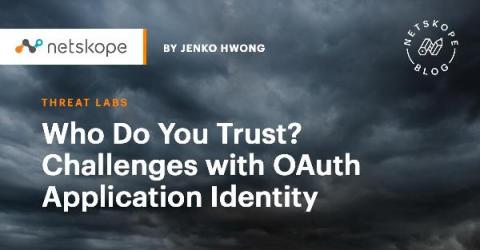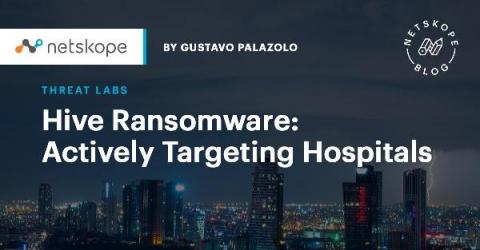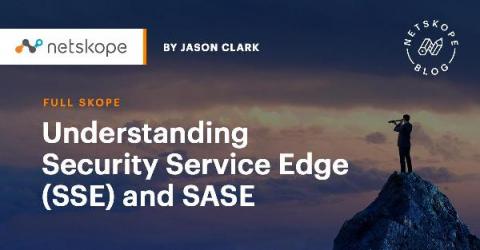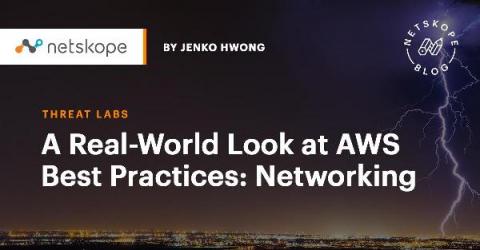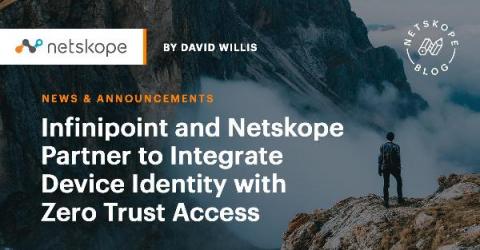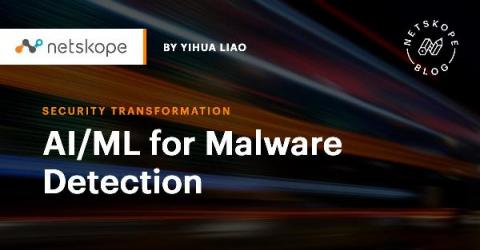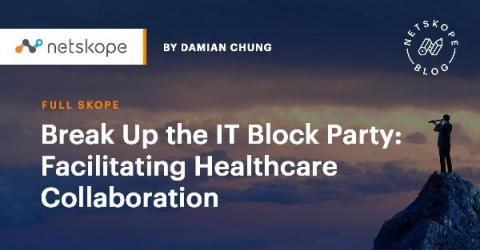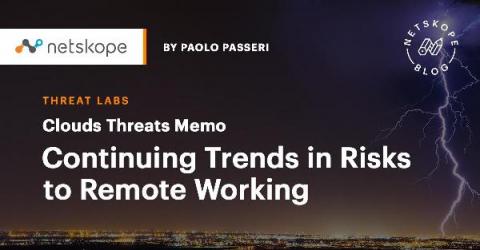Beyond the Binary: A Third Contender in the Full Tunnel vs. Split Tunnel VPN Debate
Co-authored by James Robinson and Jeff Kessler As rapidly as wide-area networking (WAN) and remote access strategies with associated technologies are changing, we’re always surprised by the amount of time some security professionals and auditors dedicate to the either/or debate between split tunnel and full tunnel connectivity.


